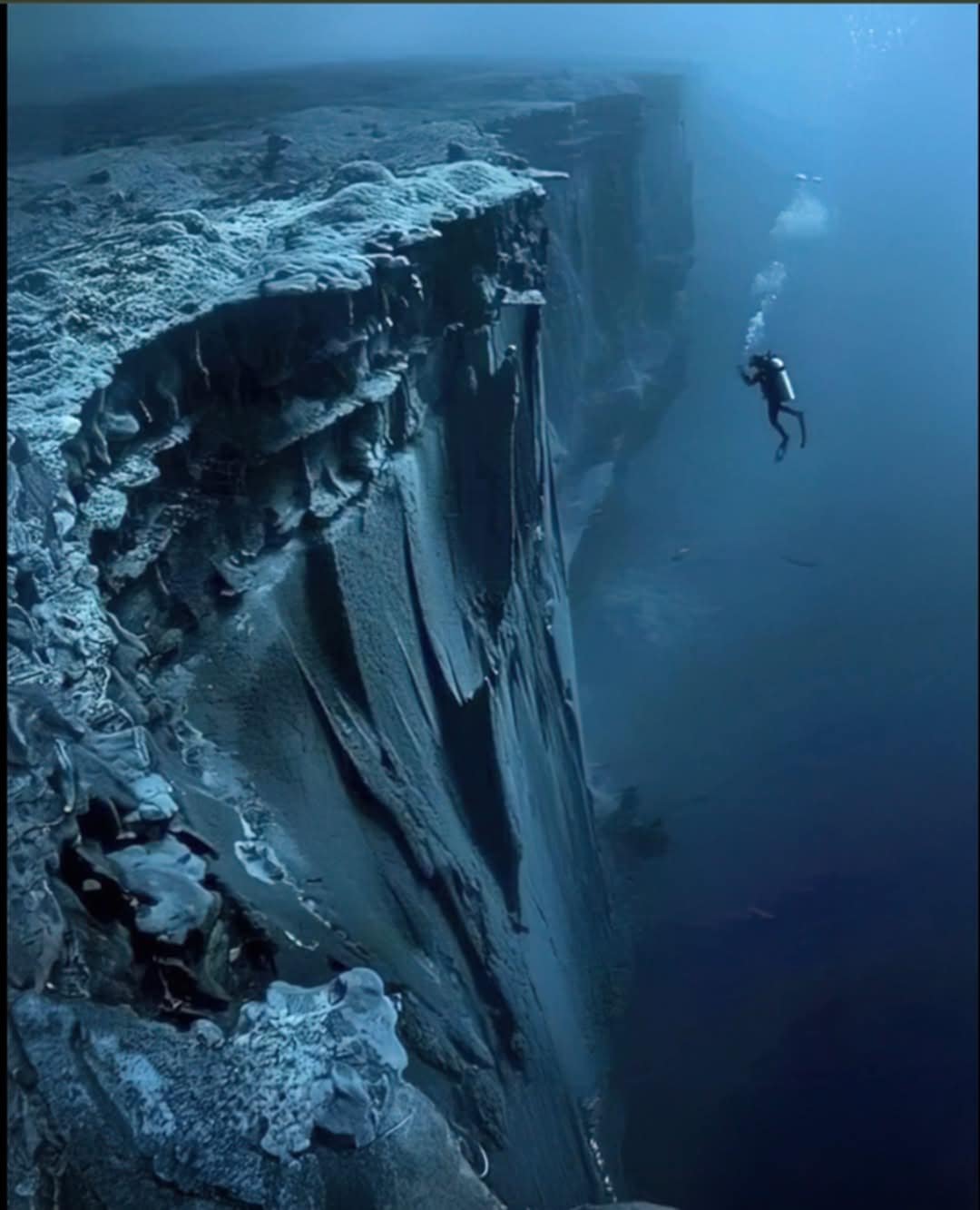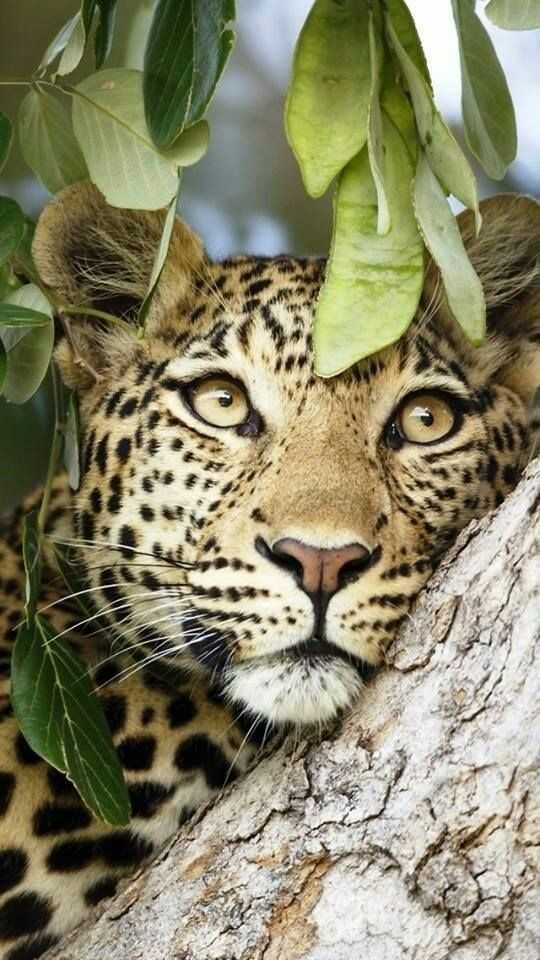Pristine Virgin Pool Discovered 700 Feet Below Carlsbad Caverns
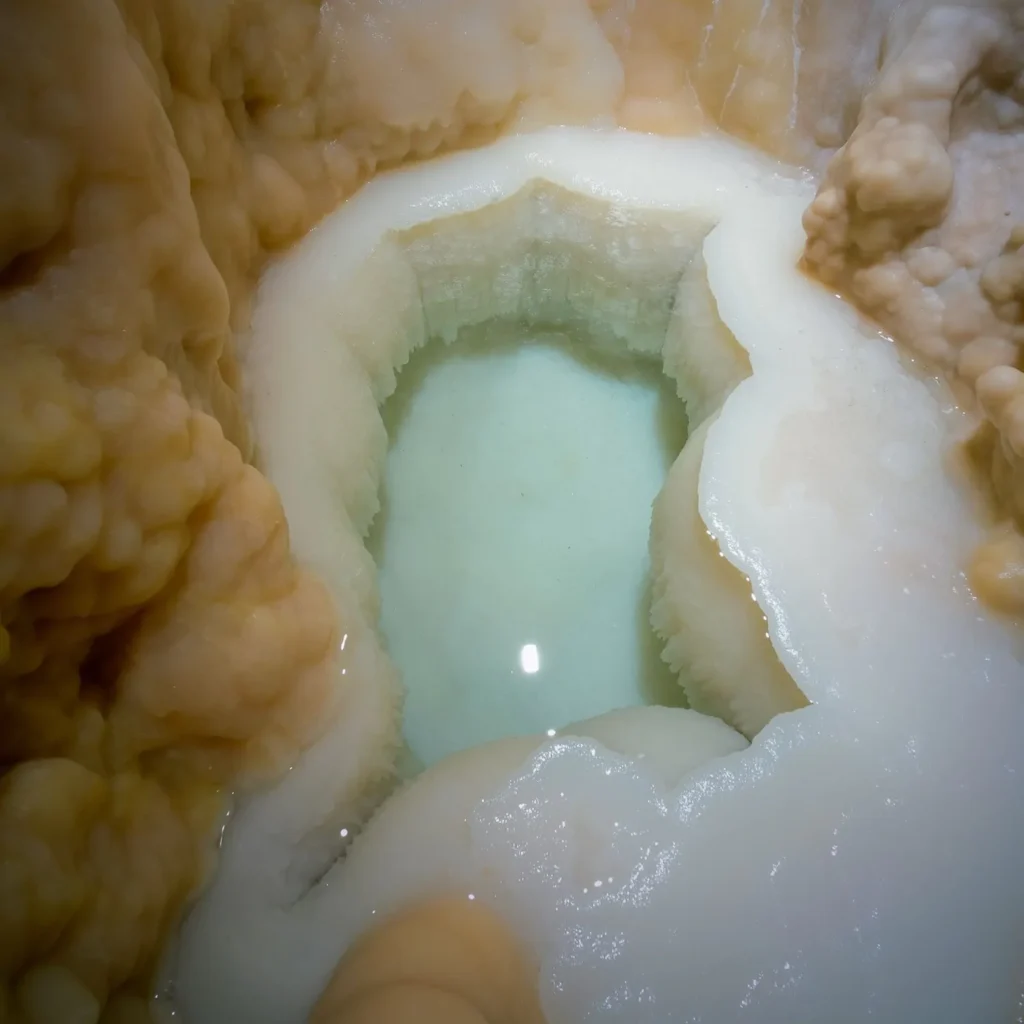
Deep beneath the rugged landscape of New Mexico’s Chihuahuan Desert, where the sun-baked surface gives no hint of the wonders below, lies one of the most extraordinary discoveries in modern speleology. A newly discovered wondrous pool, which lies 700 ft. below Carlsbad Caverns National Park in New Mexico, has never before been seen by human eyes. This isn’t just another cave formation—it represents something far more profound: a pristine ecosystem that has remained completely untouched by human influence, a liquid time capsule that may hold secrets about life on Earth that we’re only beginning to understand.
The discovery occurred in Lechuguilla Cave, a subterranean marvel that has been rewriting the rules of cave science since its modern exploration began in 1986. Scientists recently stumbled upon the virgin pool, which is described as completely pristine—never touched or influenced by human activity. Found at a depth of 213 meters below the cave’s entrance, this pool is not only pristine but also appears to be untouched by modern civilization. What makes this find so remarkable isn’t just its isolation, but the entire ecosystem it represents—a world that has evolved completely independently from surface influences for potentially thousands of years.
The Journey to Discovery
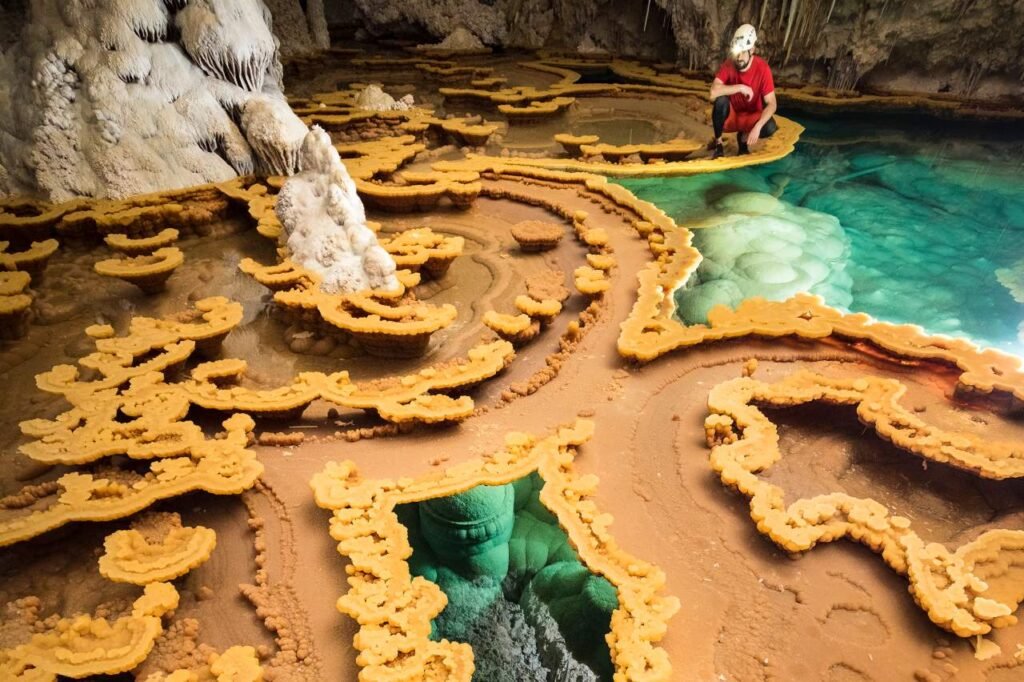
The story of this discovery begins with the remarkable history of Lechuguilla Cave itself, a place that remained largely unknown until relatively recently despite being located within one of America’s most famous national parks. In 1986, cave explorers broke through a blockage and discovered a vast, previously unknown system of passages stretching for over 150 miles. What they found defied every expectation about cave systems in the American Southwest.
A total of 120 miles of passages have since been discovered, and explorers have pushed the depth of the cave to 1,604 feet, making Lechuguilla the deepest limestone cave in the country, the fifth longest cave in the world, and third longest in the United States. Yet even with decades of exploration, the cave continues to reveal new secrets, with most of the cave (>90%) lying more than 300 m beneath the entrance.
The passage containing the pristine pool was first identified in 1993, but it took another 26 years before anyone actually entered this remote section of the cave system. The expedition, led by Wisshak, involved mapping out 1.3 miles of passages and multiple rope drops. The technical challenges of reaching this location cannot be overstated—it requires expert-level caving skills, specialized equipment, and the physical endurance to navigate through narrow passages, vertical drops, and challenging terrain for hours before reaching the discovery site.
Max Wisshak made his first trip to Lechuguilla, rappelling into a cave 1,565 feet deep, in 2006, but it wasn’t until his later expeditions that this particular section was thoroughly explored and documented. When his team finally reached the previously unexplored passage in 2019, they encountered something that challenged their understanding of cave ecosystems and pristine environments.
A Pool Unlike Any Other
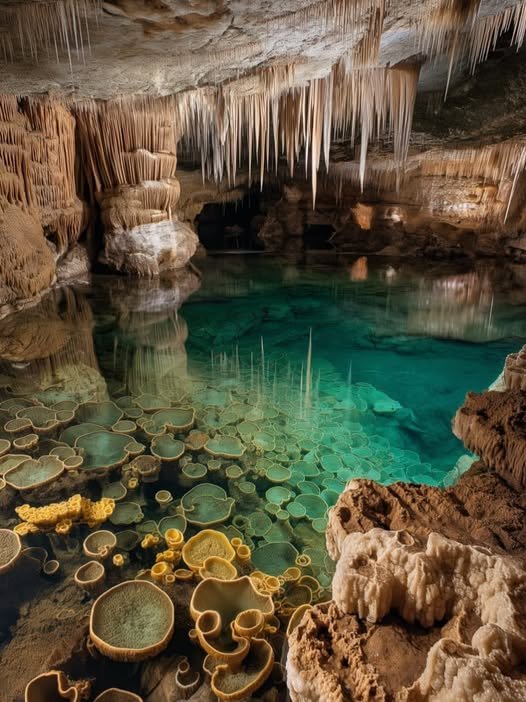
The immaculate pool discovered in the cave network appears almost unearthly and is surrounded by white frosted rock. While the water may look murky with a creamy tint to it, the coloring is actually the product of an optical illusion. This visual peculiarity is one of the first things that strikes visitors to the site—the water appears milky and opaque, suggesting contamination or mineral saturation, but closer examination reveals something far more fascinating.
Geoscientist and expedition leader Max Wisshak explained that the water in the pool is actually “crystal clear” and is believed to have come from ancient rainwater that seeped through the limestone lying above. The milky appearance is created by the unique lighting conditions in the cave and the interaction between the crystal-clear water and the brilliant white mineral formations that surround it. This optical illusion initially confused researchers, who expected contaminated water based on the visual appearance.
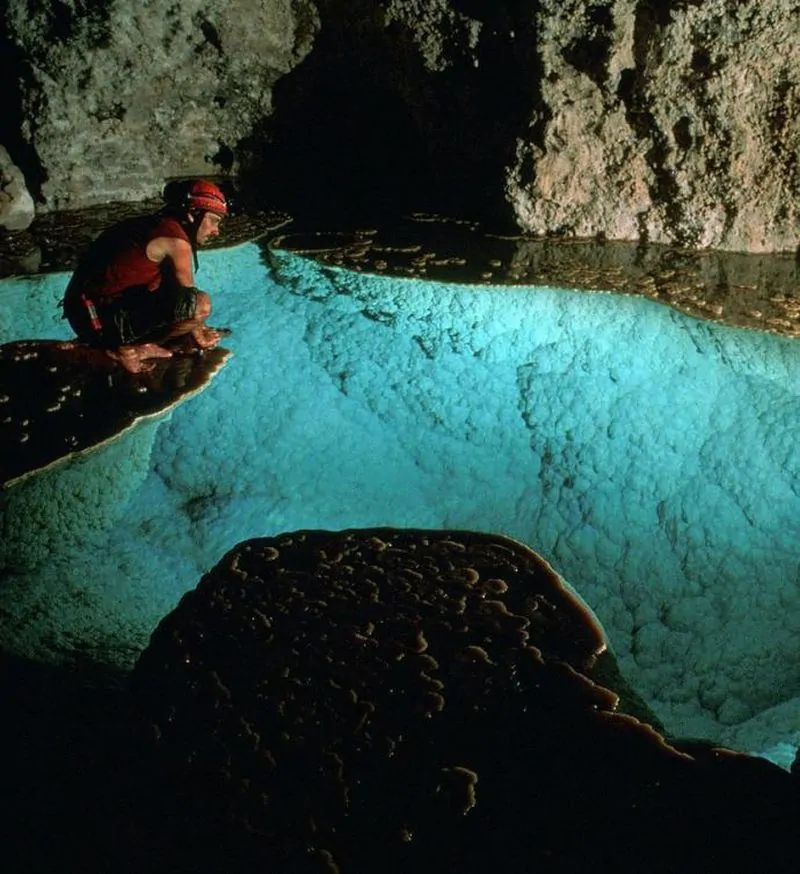
The pool itself is surprisingly modest in size—approximately a foot wide, two feet long, and several inches deep—but its significance far exceeds its physical dimensions. “The edges beneath this pool appear to be pool fingers, which could be bacterial colonies that have evolved entirely without human presence,” Wisshak noted, highlighting one of the most intriguing aspects of the discovery.
These “pool fingers” represent something unprecedented in cave biology. The bacteria exist in the water and as biofilm along the surfaces forming their own food chain. Without a typical food source, the bacteria metabolize carbon dioxide and utilize the trace minerals. In the process, the cave walls may be further eroded and additional residual deposits are formed. This creates a completely self-sustaining ecosystem that operates on entirely different principles from surface life.
The Science of Isolation
What makes this discovery truly extraordinary is not just the pristine nature of the pool, but the broader ecosystem it represents. Located in the arid Guadalupe Mountains, Lechuguilla’s remarkable state of preservation is partially due to the locally continuous Yates Formation siltstone that has effectively diverted most vadose water away from the cave. Allocthonous organic input to the cave is therefore very limited. This means that unlike most cave systems, which receive regular inputs of organic matter from the surface world, Lechuguilla exists in almost complete isolation from surface ecosystems.
The implications of this isolation are profound. In most cave environments, life depends either directly or indirectly on organic matter that originates from photosynthesis on the surface—leaf litter, dead insects, bat guano, or dissolved organic compounds in groundwater. But Lechuguilla’s unique geology has created conditions where life must find entirely different strategies for survival. The organisms in the pristine pool, therefore, represent evolutionary adaptations to extreme isolation that may be unlike anything else on Earth.
This isolation has created what scientists call a “chemosynthetic” ecosystem, where life derives energy not from sunlight or surface-derived organic matter, but from chemical reactions involving minerals and dissolved compounds. The bacteria in the pool appear to be capable of extracting energy from inorganic compounds dissolved in the water, essentially eating rocks and breathing chemistry. This process is similar to what scientists believe may have been the earliest forms of life on Earth, making the pool a potential window into ancient biological processes.
The pristine nature of this environment also means that any organisms present have evolved without exposure to modern human influences—no industrial pollutants, no introduced species, no antibiotics or other pharmaceutical compounds that have become ubiquitous in surface ecosystems. The pool contains bacteria that no known antibiotic will kill, suggesting that these organisms have developed along entirely different evolutionary pathways from surface bacteria that have been exposed to human-produced compounds.
What Makes This Cave So Special?
To understand the significance of the pristine pool discovery, it’s essential to appreciate the unique geological context of Lechuguilla Cave itself. Lechuguilla Cave offers more than extreme size. It holds a variety of rare speleothems, including lemon-yellow sulfur deposits, 20-foot gypsum chandeliers, 20-foot gypsum hairs and beards, 15-foot soda straws, hydromagnesite balloons, cave pearls, subaqueous helictites, rusticles, U-loops, and J-loops. These formations represent geological processes that are rarely seen elsewhere, and many of them are related to the cave’s unique formation mechanism.
Unlike most caves, which are formed by carbonic acid (created when rainwater combines with carbon dioxide), Lechuguilla Cave provides a unique window into the geological processes that shape our planet. Its formation through sulfuric acid dissolution rather than the more common carbonic acid process offers valuable insights into cave development. This sulfuric acid speleogenesis creates entirely different mineral formations and chemical environments, which in turn support different types of life.
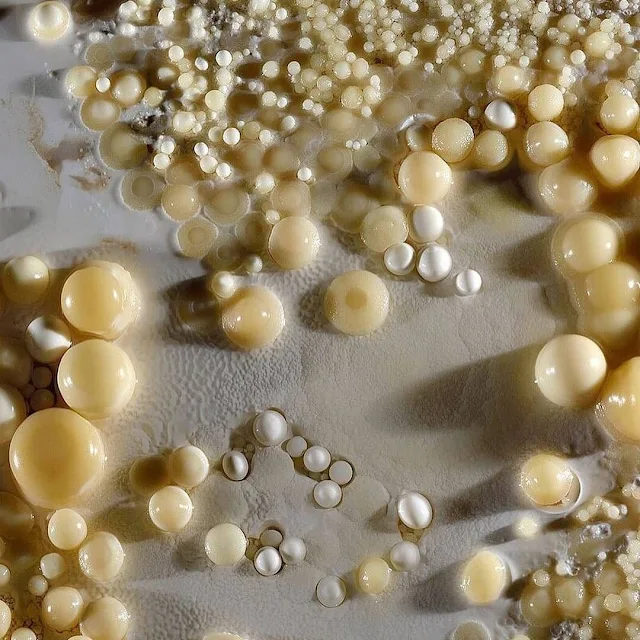
Only a few cave areas were known to host sulfuric acid caves, but studies were boosted with the discovery and understanding of the inactive Lechuguilla Cave in New Mexico (USA), and the still active Movile Cave in Romania, both discovered in 1986. This places Lechuguilla among a very select group of cave systems worldwide that provide insights into these unusual geological and biological processes.
The sulfuric acid formation process also explains many of the unusual features found throughout Lechuguilla, including the brilliant white mineral formations that surround the pristine pool. These formations are composed primarily of gypsum, calcite, and other minerals that precipitate from sulfur-rich waters as they interact with limestone bedrock. The process creates the stunning visual environment that makes the cave so remarkable, but more importantly, it creates the unique chemical conditions that support the cave’s unusual ecosystems.
The Challenge of Exploration

Unlike Carlsbad Caverns, Lechuguilla remains off-limits to the general public, with access granted only to qualified researchers and experienced cavers. This restriction isn’t just about protecting the cave’s pristine environment—it’s also about safety. The journey to reach areas like the pristine pool requires technical cave exploration skills that few people possess.
The cave’s exploration presents numerous challenges that make each expedition a significant undertaking. Cavers must navigate through narrow passages barely wider than their bodies, rappel down vertical drops that plunge hundreds of feet into darkness, and crawl through sections where the ceiling is so low that forward progress requires squeezing through spaces that would challenge a contortionist. The journey to the pristine pool location requires multiple rope drops, careful navigation through complex three-dimensional passages, and the physical endurance to spend hours underground carrying specialized equipment.
Perhaps more challenging than the physical aspects is the responsibility that comes with exploring such a pristine environment. Every footstep, every touch, every breath potentially introduces changes to an ecosystem that has remained stable for thousands of years. The exploration protocols for Lechuguilla are among the most stringent in the world, with researchers required to wear special clothing, use sanitized equipment, and follow strict procedures designed to minimize their impact on the cave environment.
The discovery team led by Wisshak had to balance the scientific value of documenting and studying the pristine pool with the ethical imperative to preserve its untouched nature. This tension between scientific inquiry and environmental preservation represents one of the fundamental challenges in modern speleological research, particularly when dealing with ecosystems that may be unique on Earth.
Implications for Astrobiology
The discovery of the pristine pool has implications that extend far beyond cave science or even terrestrial biology. The extreme isolation and unique chemical conditions in Lechuguilla Cave make it an analog for potential extraterrestrial environments, particularly on Mars or some of the moons of Jupiter and Saturn where liquid water may exist beneath ice-covered surfaces.
The chemosynthetic bacteria found in Lechuguilla demonstrate that life can thrive in conditions that were once thought to be uninhabitable—environments with no sunlight, no organic input from photosynthetic organisms, and chemistry based on mineral reactions rather than organic compounds. This expands our understanding of where life might be found elsewhere in the universe and what forms it might take.
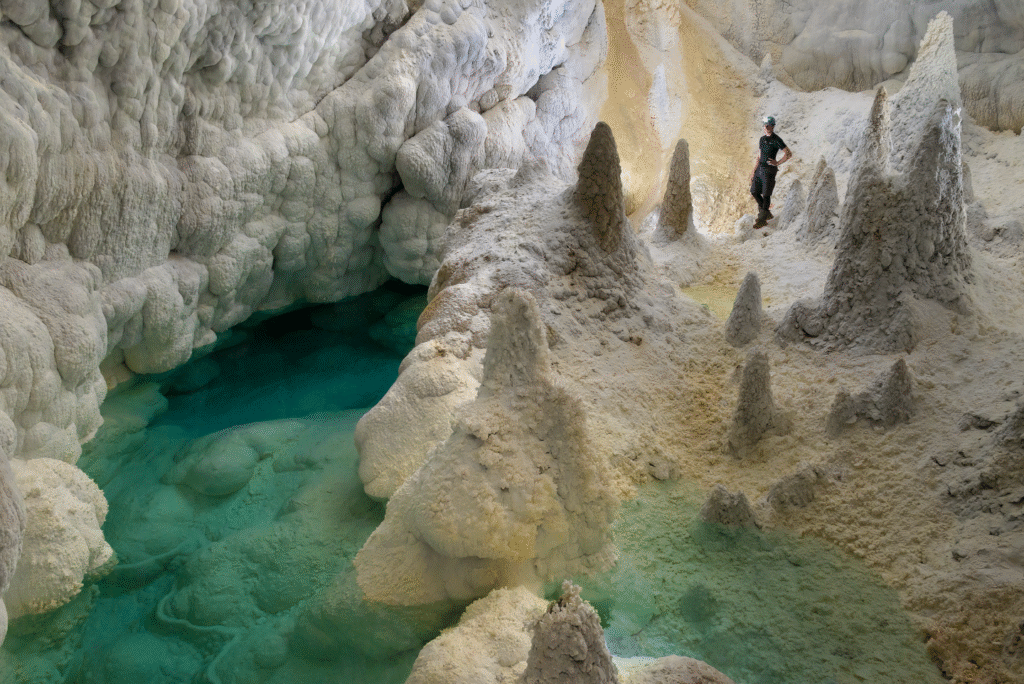
NASA and other space agencies have shown considerable interest in Lechuguilla Cave as a testing ground for equipment and techniques that might be used to search for life on other worlds. The cave’s extreme conditions, combined with its pristine ecosystems, provide opportunities to study how life adapts to environments that may be similar to those found on Mars or Europa. The pristine pool, with its completely isolated ecosystem, represents an even more extreme analog for extraterrestrial life detection.
The bacteria in the pool may also provide insights into what early life on Earth might have looked like. Before photosynthesis evolved and began pumping oxygen into the atmosphere, Earth’s early organisms would have had to derive energy from chemical reactions, much like the bacteria in Lechuguilla Cave do today. Studying these organisms could help us understand how life first emerged on our planet and what conditions were necessary for its development.
Conservation and Ethical Considerations
The discovery of the pristine pool raises complex questions about how we balance scientific research with environmental preservation. The pool represents something that may be genuinely irreplaceable—an ecosystem that has developed over thousands of years in complete isolation from human influence. Any disturbance to this environment could potentially destroy unique forms of life that exist nowhere else on Earth.
The scientific community has responded to this challenge by developing extremely strict protocols for any research involving the pristine pool. Studies are limited to non-invasive techniques whenever possible, with sampling kept to an absolute minimum and conducted only when the potential scientific benefits clearly outweigh the risks to the ecosystem. Even photography and documentation must be carefully planned to minimize impact on the environment.
This approach reflects a broader evolution in cave science toward more ethical and sustainable research practices. The early days of cave exploration were often characterized by a “collect first, ask questions later” mentality that led to significant damage to many cave ecosystems. The discovery of Lechuguilla’s pristine environments has helped drive the development of new approaches that prioritize preservation while still allowing for valuable scientific research.
The pristine pool also raises questions about access and ownership of unique natural resources. While Lechuguilla Cave is protected as part of Carlsbad Caverns National Park, the organisms in the pristine pool could potentially have significant commercial value if they prove to contain unique compounds with medical or industrial applications. Balancing public access to these potential benefits with the need to preserve the environment represents an ongoing challenge for park managers and policymakers.
Future Research and Discoveries
The pristine pool discovery has opened up new avenues for research that could revolutionize our understanding of cave ecosystems and extremophile biology. Scientists are particularly interested in conducting detailed genetic analysis of the organisms in the pool to understand how they have evolved in isolation and what unique biochemical pathways they might have developed.
Advanced molecular techniques now allow researchers to study microbial communities without significantly disturbing them, using tiny water samples or even environmental DNA extracted from water or sediment. These techniques could reveal the full diversity of life in the pristine pool and help scientists understand how these organisms interact with each other and their environment.
Researchers are also interested in understanding the pool’s history—how long has it been isolated, how has it changed over time, and what factors have contributed to its remarkable preservation? Techniques like radioisotope dating of the water and mineral formations around the pool could provide insights into its age and development, while analysis of mineral deposits could reveal information about past environmental conditions.
The discovery has also highlighted how much we still don’t know about Lechuguilla Cave itself. Despite decades of exploration, “Lechuguilla Cave: Discoveries in a Hidden Splendor” assembles 30 years of exploring the still-mysterious Lechuguilla Cave at Carlsbad Caverns, and new discoveries continue to emerge from ongoing exploration efforts. The pristine pool may be just one of many unique ecosystems waiting to be discovered in the unexplored reaches of this remarkable cave system.
The Broader Context of Cave Science
The pristine pool discovery comes at a time when cave science is experiencing something of a renaissance, driven by new technologies and growing recognition of the importance of subterranean ecosystems. Caves represent some of the most stable environments on Earth, relatively unchanged by surface climate fluctuations and often preserving records of past environmental conditions going back millions of years.
Bacterial and fungal colonization is relatively extensive throughout Lechuguilla Cave, but the organisms in different parts of the cave have evolved different strategies for survival based on local conditions. This creates a complex mosaic of microbial ecosystems, each adapted to specific chemical and physical conditions. The pristine pool represents perhaps the most extreme example of this adaptation, with organisms that have evolved in complete isolation from all surface influences.
Cave ecosystems are also increasingly recognized as important reservoirs of biodiversity, often containing species found nowhere else on Earth. The isolation that characterizes many cave environments promotes the evolution of endemic species—organisms that have evolved unique adaptations to their specific cave environment. The pristine pool’s complete isolation suggests that it may contain organisms that are not just endemic to Lechuguilla Cave, but potentially unique among all known life forms.
This growing understanding of cave biodiversity has important implications for conservation biology and environmental management. As surface ecosystems face increasing pressure from human activities and climate change, caves may serve as crucial refugia for some forms of life. The pristine pool represents an extreme example of this refugia function, preserving what may be a completely unique ecosystem in conditions that have remained stable for millennia.
The discovery also highlights the importance of protecting cave environments from human disturbance. Unlike surface ecosystems, which often have some capacity to recover from disturbance, cave ecosystems are typically very fragile and may take centuries or millennia to recover from even minor disruptions. The pristine pool’s extraordinary preservation demonstrates what can be achieved when cave environments are effectively protected from human impact.
As we continue to explore and study places like Lechuguilla Cave and its pristine pool, we gain not just scientific knowledge, but also a deeper appreciation for the complexity and fragility of life on Earth. These discoveries remind us that our planet still holds mysteries and wonders that we’re only beginning to understand, and that some of the most remarkable forms of life may be found not in exotic distant locations, but hidden in the dark depths beneath our feet.
The pristine pool of Lechuguilla Cave stands as a testament to the power of isolation to preserve and protect unique forms of life, and as a reminder of our responsibility to safeguard these irreplaceable natural treasures for future generations. In an age when human influence has reached even the most remote corners of the Earth, the existence of places like this pristine pool offers hope that some parts of our planet can still maintain their wild, untouched character—serving as windows into the deep past and laboratories for understanding the fundamental processes of life itself.

